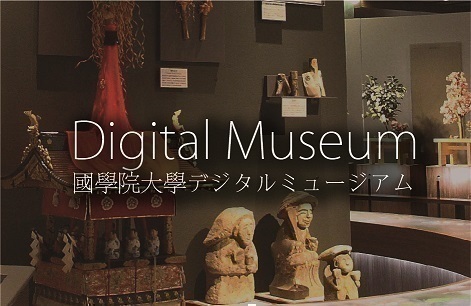- トップ
- Encyclopedia of Shinto
- Shin-nō
Encyclopedia of Shinto
| Main Menu: | |
| Links: |
詳細表示 (Complete Article)
| カテゴリー1: | 5. Rites and Festivals |
|---|---|
| カテゴリー2: | Performing Arts |
| Title | Shin-nō |
| Text | Divinenō theatre. A type of kagura dance. Part of the repertoire of the Izumo line of kagura, found in the classical Chūgoku region provinces of Izumo, Iwami, Bitchū, Bingo, and so forth (that is, the area bounded by Okayama Prefecture to the east and Shimane Prefecture to the west). Unlike torimono dances (in which performers dance while holding objects in their hands), shinnō have dramatic elements and are performed by masked dancers. For example, the Sada shinnō performed at the Sada Shrine (in Kashima Town, Yatsuka County, Shimane Prefecture) is comprised of twelve nō-style dances that relate with myths and tales of the shrine's origins. These are the Ōyashiro, Makirime, Itsukushima, Ebisu, Yamatotakeru, Hachiman, Iwato, Sankan, Yaegaki, Kōjin, Sumiyoshi, and the Takemikazuchi. One explanation holds that the Sada shinnō dates back to approximately 1608, when a priest of the shrine, Miyagawa Hideyuki, is said to have returned to Sada after studying nō in Kyoto and created shinnō dances modeled on nō. The oldest written record of shinnō is in the documents of the Miyagawa family and dates to 1639, not long after this supposed origin. According to this account, twelve members of this priestly house presided over the performance of five shinnō dances. The kagura of Sada Shrine is made up of seven ritual torimono dances (shichiza), three ceremonial dances (shikisamban), and the shinnō dances. The entire repertoire has been referred to since the Meiji period as Sada shinnō. The kagura of Sada Shrine is presented in conjunction with the annual ritual of the changing of the mats (gozakae). The seven torimono dances are performed for the gozakae festival on the evening of the September 24. The torimono dances are performed again the next evening, as are the shinnō dances. Until the Meiji Restoration (1868), priests from subsidiary shrines in the so-called "three-and-a-half district of Izumo" (comprised of Shimane, Aika, and Tatenui districts, together with the western part of Ou District) attended and conducted the gozakae matsuri. The same priests (kannushi) also participated in the kagura. Sada shinnō gradually spread out from the three-and-a-half districts to reach the entire Izumo region, and is thought to have had a significant influence on kagura in the neighboring San'in (Shimane, Tottori and the northern parts of Yamaguchi prefectures) and San'yo (Okayama, Hiroshima and the southern parts of Yamaguchi prefectures) regions as well. However, while the Oku-Iishi kagura of Iishi District and the Mimiku kagura of Izumo City appear to have been influenced by Sada shinnō, the content of the dances differs from those of the Sada shinnō even though the names of many are the same. Due to local innovations and the addition of new dances, the many local varieties of shinnō have come to have their own individual character. — Takayama Shigeru |




